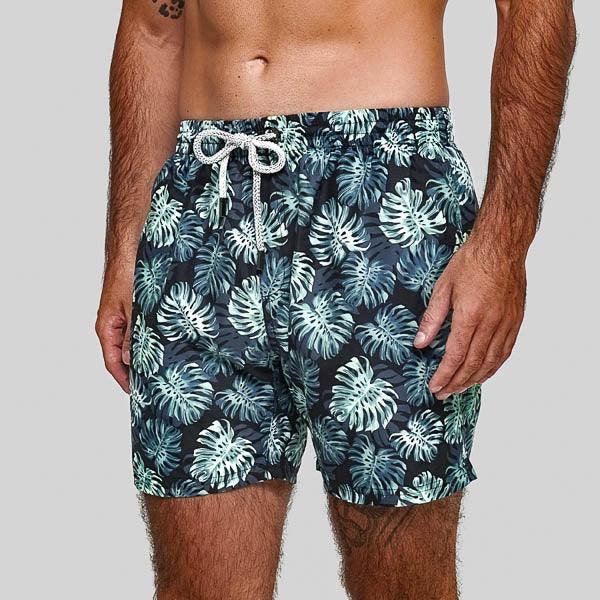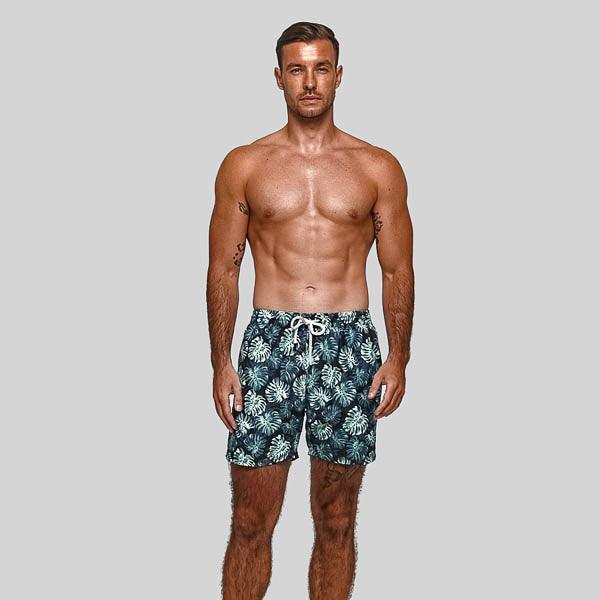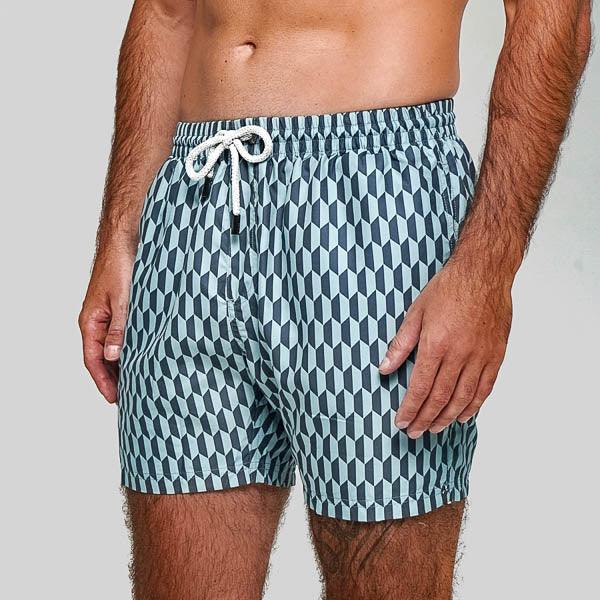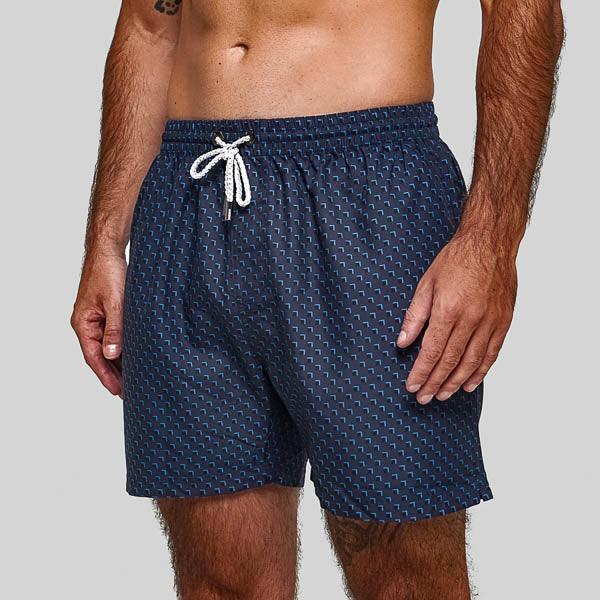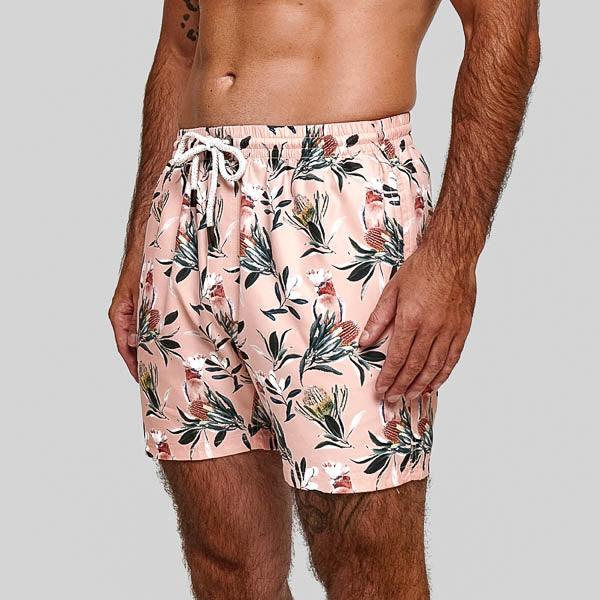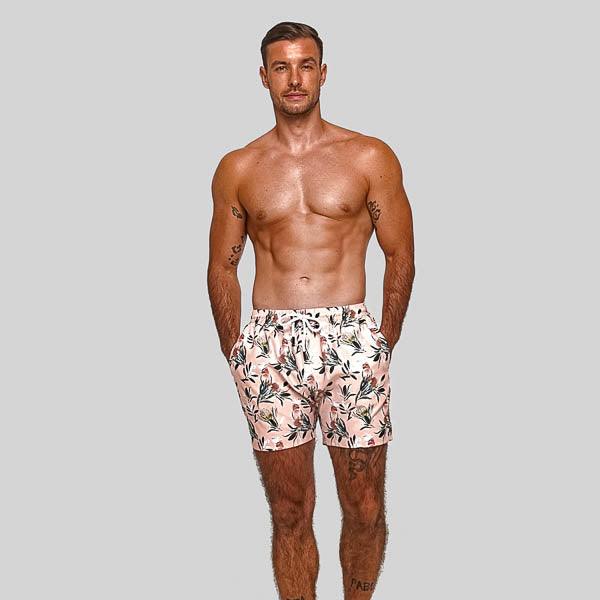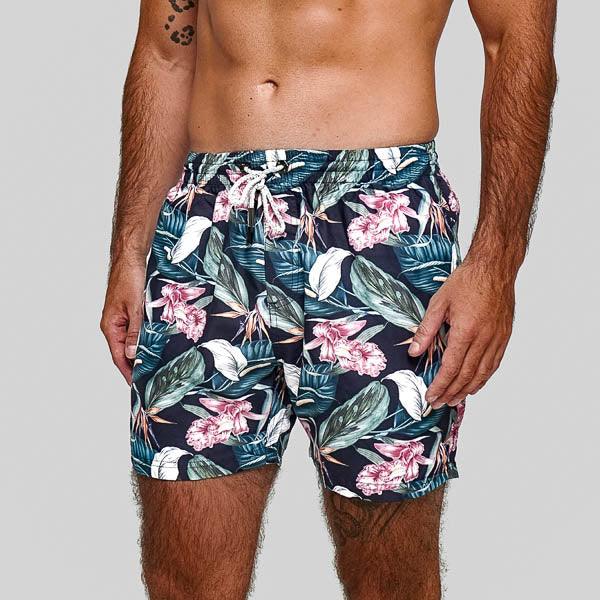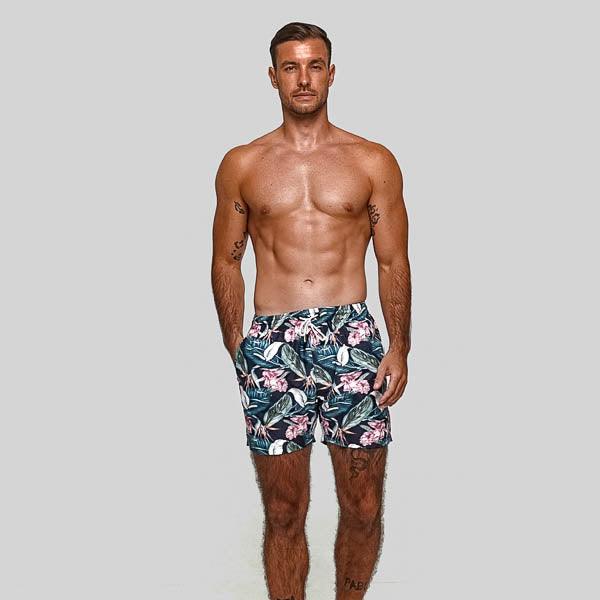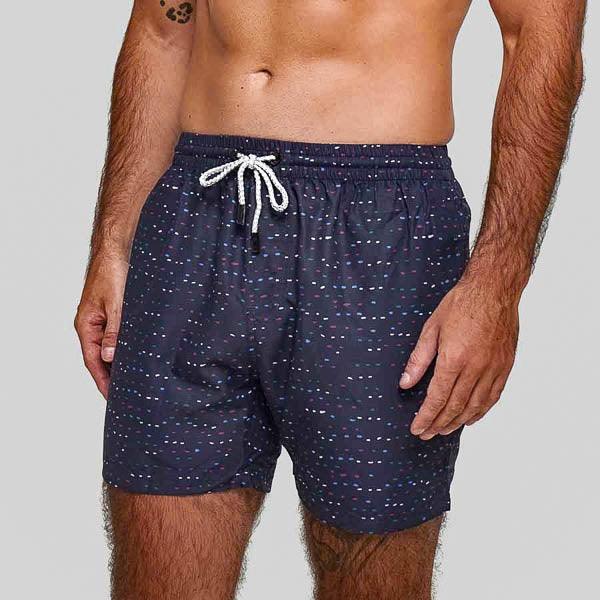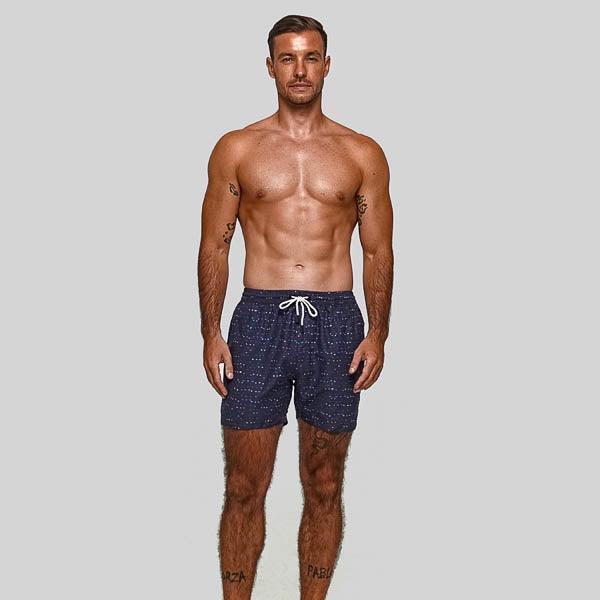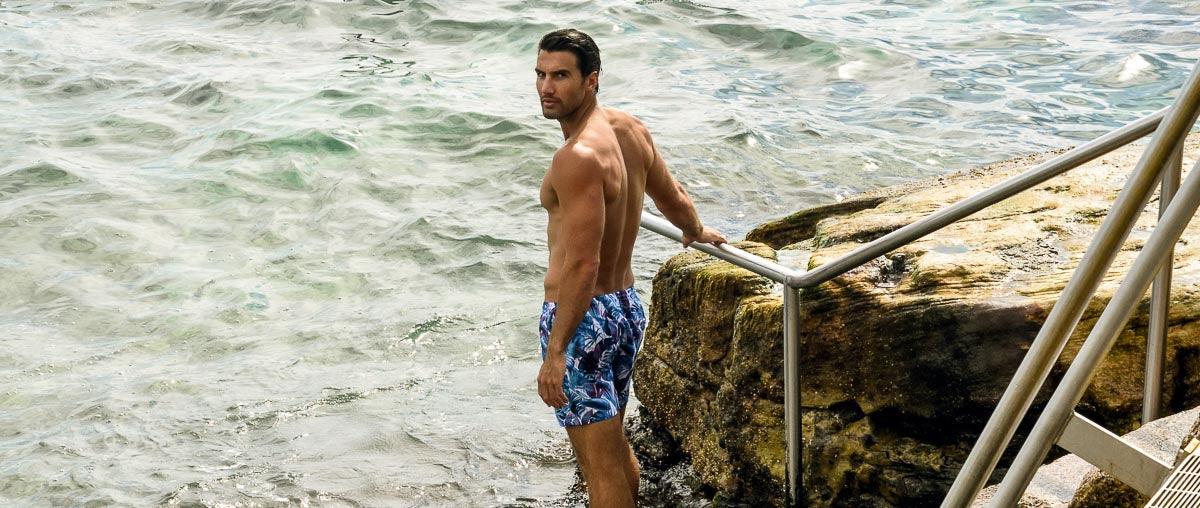Are you an underwater enthusiast looking for the best men's swimwear for snorkeling and diving? Choosing the right swimwear can significantly enhance your underwater experience, providing both comfort and functionality. Whether you are a beginner or a seasoned diver, having the right gear is crucial for ensuring safety and enjoyment. In this comprehensive guide, we will explore the top options for men's swimwear designed specifically for snorkeling and diving, delve into the benefits of each type, and provide tips on how to choose the perfect swimwear for your needs.
Understanding Snorkeling and Diving Swimwear
What Makes Swimwear Ideal for Snorkeling and Diving?
When it comes to snorkeling and diving, not all swimwear is created equal. The best men's swimwear for these activities is designed to provide durability, flexibility, and comfort. Here are some key features to look for:
- Material: High-quality, quick-drying, and durable materials like neoprene or spandex blends.
- Fit: Snug but comfortable fit to prevent drag and ensure ease of movement.
- Protection: UV protection and abrasion resistance to protect against sunburn and coral cuts.
- Thermal Insulation: Especially important for diving in cooler waters.
Types of Men's Swimwear for Snorkeling and Diving
Wetsuits
Wetsuits are a popular choice for both snorkeling and diving due to their excellent thermal insulation properties. They are typically made from neoprene, a material known for its buoyancy and insulation.
Benefits:
- Provides thermal protection in cold waters.
- Offers buoyancy which can aid in swimming.
- Protects against jellyfish stings and coral abrasions.
Tips for Choosing Wetsuits:
- Opt for a thickness suitable for the water temperature you will be diving in.
- Ensure a snug fit to minimize water exchange and maximize insulation.
- Look for features like reinforced knees and elbows for added durability.
Rash Guards
Rash guards are lightweight, tight-fitting tops made from spandex or polyester blends. They are ideal for snorkeling in warm waters.
Benefits:
- Provides UV protection.
- Prevents skin irritation from saltwater and equipment.
- Offers a layer of protection against minor scrapes.
Tips for Choosing Rash Guards:
- Choose a rash guard with a high UPF rating for maximum sun protection.
- Ensure a comfortable fit that allows for a full range of motion.
- Consider long-sleeve options for added protection.
Dive Skins
Dive skins are full-body suits made from thin, stretchy materials. They offer minimal thermal protection but are excellent for warm-water diving and snorkeling.
Benefits:
- Protects against sunburn and marine stings.
- Lightweight and easy to put on and take off.
- Provides a smooth surface to reduce drag in the water.
Tips for Choosing Dive Skins:
- Look for materials that dry quickly and offer UV protection.
- Ensure a snug fit to prevent water from getting trapped inside.
- Consider options with stirrups or thumb loops to keep the suit in place.
Choosing the Right Swimwear for Your Needs
Factors to Consider
When selecting the best men's swimwear for snorkeling and diving, consider the following factors:
- Water Temperature: Choose wetsuits for cold waters and lighter options like rash guards or dive skins for warm waters.
- Activity Level: For more active snorkeling and diving, prioritize flexibility and comfort.
- Duration of Activity: Longer snorkeling or diving sessions may require more thermal protection.
- Personal Comfort: Ensure the swimwear fits well and does not restrict movement.
Maintenance and Care
Proper maintenance of your swimwear is essential to prolong its lifespan and maintain its performance. Here are some tips:
- Rinse your swimwear thoroughly with fresh water after each use.
- Avoid direct sunlight when drying to prevent material degradation.
- Follow the manufacturer's care instructions for washing and storing your swimwear.
Benefits of Specialized Swimwear for Snorkeling and Diving
Investing in specialized swimwear for snorkeling and diving offers numerous benefits:
- Enhanced Performance: Designed to reduce drag and improve buoyancy, allowing for more efficient movement in the water.
- Increased Comfort: Materials and fit tailored for underwater activities ensure you remain comfortable throughout your dive or snorkeling session.
- Safety and Protection: Provides protection against environmental hazards such as UV rays, jellyfish stings, and abrasions from coral and rocks.
- Durability: High-quality swimwear is built to withstand the rigors of regular use in saltwater and chlorinated pools.
How to Care for Your Snorkeling and Diving Swimwear
Proper care and maintenance are crucial to ensure your swimwear remains in top condition. Here are some detailed steps to follow:
- Rinse After Use: Always rinse your swimwear with fresh water immediately after use to remove salt, chlorine, and sand.
- Avoid Heat: Do not use hot water or a dryer as heat can damage the materials. Instead, lay your swimwear flat to dry in a shaded area.
- Use Mild Detergent: If washing is necessary, use a mild detergent and avoid bleach or fabric softeners that can degrade the material.
- Check for Damage: Regularly inspect your swimwear for signs of wear and tear, such as thinning material or broken zippers, and repair or replace as needed.
Conclusion
Choosing the best men's swimwear for snorkeling and diving is essential for a safe and enjoyable underwater experience. By understanding the different types of swimwear available and considering factors like water temperature, activity level, and personal comfort, you can select the perfect gear to enhance your adventures. Remember to care for your swimwear properly to ensure it lasts and continues to provide the protection and performance you need.
Read our other guides to mens swimwear by activity.
FAQs
1. What is the best material for snorkeling and diving swimwear?
The best material for snorkeling and diving swimwear is typically neoprene for wetsuits due to its thermal insulation properties. For rash guards and dive skins, spandex and polyester blends are ideal for their flexibility and UV protection.
2. How do I choose the right size swimwear for diving?
Choosing the right size swimwear involves ensuring a snug fit without restricting movement. Refer to the manufacturer's size chart and consider trying on different sizes to find the best fit. For wetsuits, a tighter fit is necessary to minimize water exchange and maintain insulation.
3. Can I use regular swim trunks for snorkeling?
While regular swim trunks can be used for snorkeling in warm waters, they do not provide the same level of protection and performance as specialized swimwear. For better comfort, UV protection, and reduced drag, opt for rash guards or dive skins.
4. How often should I replace my snorkeling and diving swimwear?
The lifespan of snorkeling and diving swimwear depends on the frequency of use and how well it is maintained. Generally, high-quality swimwear can last several years if properly cared for. Replace your swimwear if you notice significant wear and tear, thinning material, or loss of elasticity.
5. Are there specific swimwear brands recommended for snorkeling and diving?
Several brands are well-regarded for their snorkeling and diving swimwear, including O'Neill, Scubapro, and Cressi. These brands offer a range of high-quality wetsuits, rash guards, and dive skins designed for underwater activities.
6. What additional gear should I consider for snorkeling and diving?
In addition to swimwear, consider investing in gear such as snorkeling masks, fins, snorkels, and dive gloves. These accessories enhance your underwater experience by improving visibility, movement, and protection.


